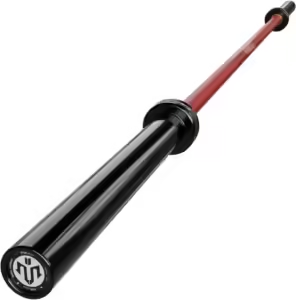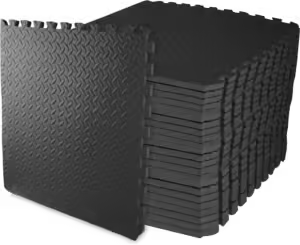In recent years, the popularity of home gyms has surged, with more and more fitness enthusiasts opting to create their own workout spaces. For powerlifters, having a dedicated garage gym offers the convenience and flexibility to train at any time without the need for a commercial gym membership. This comprehensive guide will walk you through the steps to set up the ultimate garage gym tailored specifically for powerlifting.
Why Choose a Garage Gym for Powerlifting?
Building a garage gym comes with a multitude of benefits, especially for powerlifters. Here are a few reasons why it could be the perfect option for you:
- Convenience: No more commuting to the gym. Train whenever you want, even in the middle of the night.
- Customization: Tailor your equipment and setup to your specific powerlifting needs and preferences.
- Cost Efficiency: While the initial investment can be significant, over time, you save on gym memberships and transportation.
- Privacy: No waiting for equipment or dealing with crowded gym spaces. It’s your sanctuary.
Essential Equipment for a Powerlifting Garage Gym
Setting up a garage gym requires careful planning and investment in quality equipment. Here are the essential pieces you’ll need:
1. Power Rack
A sturdy power rack is the cornerstone of any powerlifting gym. It provides safety features such as spotter arms and safety pins, allowing you to lift heavy weights without a spotter.
When choosing a power rack, look for:
- Weight Capacity: Ensure it can handle the maximum weight you plan to lift.
- Safety Features: Adjustable safety bars and J-hooks are essential.
- Space: Measure your garage space to ensure it fits comfortably.
2. Barbell and Weight Plates

A high-quality barbell is crucial for powerlifting. Consider investing in an Olympic barbell, which typically weighs 20kg (45lbs) and is designed to handle heavy weights.
For weight plates, you’ll need a variety of sizes, including:
- 2.5kg (5lbs)
- 5kg (10lbs)
- 10kg (25lbs)
- 20kg (45lbs)
- 25kg (55lbs)

Bumper plates are a great option as they are designed to be dropped safely, reducing noise and protecting your flooring.
3. Bench
An adjustable bench is essential for performing various exercises like bench presses and seated shoulder presses. Choose a bench that is sturdy and can be adjusted to multiple angles.
4. Flooring

Protecting your garage floor is important, especially when lifting heavy weights. Rubber flooring or interlocking mats are ideal options as they provide cushioning and reduce noise.
5. Additional Accessories
Depending on your training regimen, you may also want to consider the following accessories:
- Resistance Bands: Useful for warm-ups and accessory work.
- Chalk: Helps improve grip during heavy lifts.
- Mirrors: Aid in monitoring form and technique.
- Storage Solutions: Weight plate trees and barbell racks keep your space organized.
Optimizing Your Garage Gym Space
Creating an efficient layout in your garage gym is key to maximizing your training experience. Here are some tips to optimize your space:
1. Plan Your Layout
Before setting up your equipment, sketch a layout of your garage. Consider the dimensions of your space and the placement of each piece of equipment. Ensure there is enough room for movement and safety.
2. Utilize Vertical Space
Install shelving units or wall-mounted storage solutions to keep your equipment organized and off the floor. This frees up more floor space for your workouts.
3. Lighting and Ventilation
Proper lighting is crucial for a motivating workout environment. Install bright LED lights to illuminate the space. Additionally, ensure proper ventilation to keep the air fresh and prevent the buildup of odors.
Creating a Training Program
Once your garage gym is set up, it’s time to create an effective training program. Here are some tips for designing a powerlifting program:
1. Focus on the Big Three
2. Progressive Overload
Gradually increase the weight you lift over time to build strength. Track your progress and make small increments to avoid plateaus.
3. Rest and Recovery
Allow adequate rest between workouts to prevent overtraining and reduce the risk of injury. Incorporate rest days and prioritize sleep and nutrition.
4. Seek Professional Guidance
If you’re new to powerlifting, consider hiring a coach or following a reputable training program. Proper technique and programming are essential for success and injury prevention.
Conclusion
Setting up the ultimate garage gym for powerlifting is an investment in your fitness journey. By carefully selecting the right equipment, optimizing your space, and following a structured training program, you can create a dedicated environment to achieve your powerlifting goals. Remember, safety and consistency are key. Happy lifting!